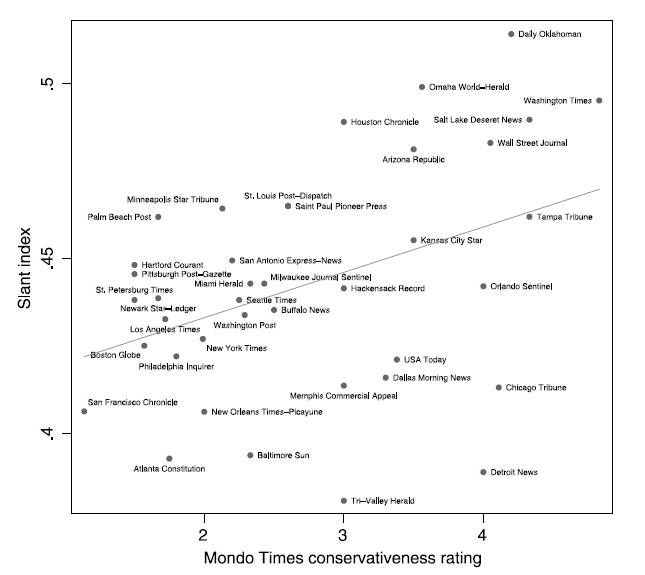
The costofcollege family on a Route 66 stop
On a road trip, the journey is the destination.
Since I’ve long been a fan of road trips, I was thrilled when my family agreed to try a Route 66 vacation this summer. Although I was a little concerned how we would manage, as it turned out a good time was had by all.
Logistics & planning:
We mapped out a thirteen-day adventure, starting in Santa Monica and ending in Chicago. Since a westward route seems to be the more common choice, most of the guide books we found are primarily oriented that way. However, a set of reverse guidelines are usually provided as well.
After researching a bit, we picked out some priority stops. There is lots to see and do on Route 66, so we had to narrow our choices to those that matched our interests. This helped flesh out our itinerary, although significant parts were not planned in much detail as we made on-the-road decisions about stops and motels.
We used Google maps to determine driving times. Sometimes we took the faster highway options, not always sticking to the old Route 66 roads. Most of our driving days maxed out at four to seven hours of driving, but we had a couple of nine-hour days. We mostly avoided night driving. Our trip included two major detours: Las Vegas and the Grand Canyon. In total, we drove about 2500 miles over 13 days.
Places we stopped:
Hollywood Walk of Fame; Route 66 Mother Road Museum; Southern California Logistics Airport; Las Vegas; Hoover Dam; Grand Canyon; Standin’ on a Corner Park; Santa Fe; Petrified Forest; Devil’s Rope Barbed Wire Museum; Cadillac Ranch‘ The Big Texan; Oklahoma City National Memorial & Museum; Tulsa Air and Space Museum & Planetarium; Meramec Caverns; Abraham Lincoln Presidential Library and Museum
Many more stops are not listed, and we also made time to visit relatives and friends. These visits ranged from a day and a half tooling around Los Angeles with my brother to a 30-minute meet-up with a friend at a Panera in Normal, IL.
Technology:
As a veteran of the old days using AAA Triptiks, I regained immense appreciation for Google Maps and for the Internet’s ability to deliver all sorts of information to our fingertips. For the inquisitive mind, it was heavenly to cruise down the highway instantly able to retrieve facts about a wind farm on the horizon, those acres of crops in between small towns, geology exposed by road-cuts, or countless other scenarios along the way. On the other hand, sometimes it was equally satisfying just to sit mesmerized by the passing scenery.
Observations and insights:
Too much togetherness?
Sitting with their family in a car for hours on end is an inconceivable prospect for many people, but overall we enjoyed each others’ company in spite of a few squabbles along the way. In our case, the driver/navigator relationship seemed most vulnerable to tense moments.
Ten and ten
About ten days is the minimum time needed to do Route 66, although with our detours and family visits two weeks seemed about right. For this road trip, I would not bring along a child younger than about ten years old, but obviously this can vary.
Is a road trip very different from other types of vacations?
My husband compared our trip to a cruise — moving along and sampling a little along each stop. That’s not a bad comparison, and in some ways it can leave a traveler feeling dissatisfied. For example, a few hours in Santa Fe left me wishing we could spend a few days there. On the other hand, our Route 66 trip gave us many discrete experiences compressed into a few days, providing unusual insight into the diversity across our country.
For me, Route 66 created many random memories that combined to paint a big, colorful image of our trip. A few days after we encountered a surfer dude serving fish tacos on Venice Beach, it was priceless to see my daughter’s wide-eyed expression when we found ourselves sitting next to a couple of “cowboys” in a Kingman, Arizona diner. When we arrived in Springfield, Missouri, I couldn’t help but notice a difference between the boisterous friendliness of Texans compared to the more restrained warmth of Midwesterners. And when my son started to entertain us by mimicking the subtle but distinctive Southwestern/Native American accent he heard in New Mexico, I realized it sounded so familiar because it was what I had heard growing up in Texas.
Useful resources:
For a different perspective on our trip, you can read what my son wrote on his blog.





